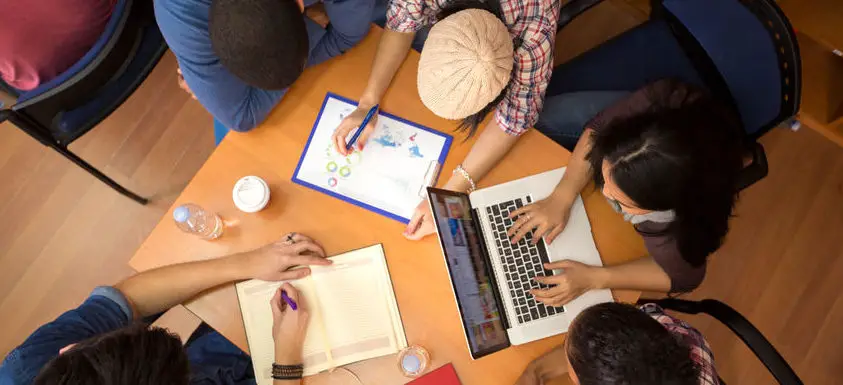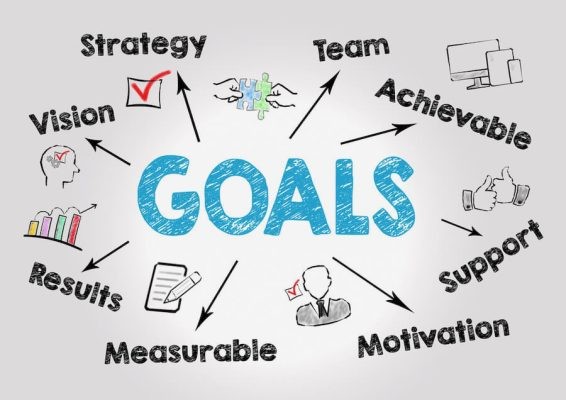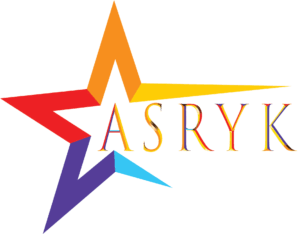The Profound Impact of Motivation on the Learning Process
Introduction:
Motivation is a powerful force that drives individuals to achieve their goals and engage in various activities. When it comes to learning, motivation plays a pivotal role in shaping the overall educational experience. The connection between motivation and learning is complex, multifaceted, and influences academic performance, cognitive development, and the acquisition of new skills. This article explores the profound impact of motivation on the learning process, delving into its various dimensions and examining strategies to enhance and sustain motivation in educational settings.
I. Motivation as the Catalyst for Learning:
At its core, motivation serves as the catalyst that propels individuals toward learning. Intrinsic motivation, driven by personal interest and the inherent satisfaction derived from the learning process, is particularly potent. When students are genuinely curious and passionate about a subject, they are more likely to invest time and effort in understanding and mastering it. Educators play a crucial role in fostering intrinsic motivation by creating an environment that sparks curiosity, encourages exploration, and connects the curriculum to real-world applications.
On the other hand, extrinsic motivation, which involves external rewards or consequences, can also influence learning outcomes. While tangible rewards may provide a temporary boost, educators must consider the long-term impact on students’ intrinsic motivation. Striking a balance between intrinsic and extrinsic motivators is essential to ensure sustained engagement and enthusiasm for learning.

II. Goal Setting and Motivation:
Setting clear and achievable goals is a fundamental aspect of motivation in the learning process. Goals provide a sense of direction, purpose, and accomplishment, serving as beacons that guide students through their educational journey. Short-term and long-term goals create a roadmap for learning, allowing individuals to measure their progress and celebrate achievements along the way.
Educators can facilitate goal setting by helping students articulate their aspirations, break them down into manageable tasks, and develop action plans. Moreover, fostering a growth mindset—that is, the belief that abilities can be developed through dedication and hard work—encourages students to embrace challenges and view setbacks as opportunities for learning and improvement.
III. The Role of Teacher-student Relationships:
The quality of teacher-student relationships significantly influences students’ motivation to learn. A positive and supportive teacher-student relationship creates a conducive learning environment where students feel valued, understood, and encouraged. When educators demonstrate genuine interest in their students’ well-being and academic success, it establishes a foundation of trust that enhances motivation.
Teachers can employ various strategies to strengthen relationships with students, such as providing constructive feedback, creating opportunities for individualized attention, and fostering a sense of community within the classroom. A supportive learning community not only bolsters motivation but also cultivates a collaborative atmosphere where students feel comfortable taking risks and actively participating in the learning process.
IV. Intrinsic Motivation and Cognitive Engagement:
Intrinsic motivation goes hand in hand with cognitive engagement—the mental effort and investment individuals put into understanding and processing information. When students are intrinsically motivated, they are more likely to exhibit higher levels of cognitive engagement, leading to deeper comprehension and retention of material.
Educators can enhance intrinsic motivation by designing learning activities that align with students’ interests, offering choices that allow for autonomy, and emphasizing the relevance of the curriculum to real-world scenarios. By tapping into students’ intrinsic motivation, educators can unlock their cognitive potential and promote a love for lifelong learning.
V. Motivation and Academic Achievement:
The impact of motivation on academic achievement is well-established. Motivated students are more likely to set ambitious goals, persevere through challenges, and demonstrate a proactive approach to their studies. Conversely, a lack of motivation can manifest as procrastination, disengagement, and lower academic performance.
Educators and educational institutions play a pivotal role in fostering motivation by implementing effective teaching strategies, providing targeted support for struggling students, and creating a positive learning environment. Recognizing and celebrating individual achievements, no matter how small, contributes to a cycle of motivation that propels students toward continued success.
VI. Strategies for Sustaining Motivation:
Sustaining motivation throughout the learning journey is crucial for long-term academic success. Educators can employ several strategies to foster and maintain motivation:
- Differentiated Instruction:
- Tailor instruction to accommodate diverse learning styles, abilities, and interests, ensuring that each student feels challenged and engaged.
- Real-world Connections:
- Highlight the real-world applications of the curriculum to demonstrate its relevance and significance, fostering a sense of purpose in learning.
- Encouraging Curiosity:
- Create an environment that stimulates curiosity by posing thought-provoking questions, encouraging inquiry-based learning, and incorporating real-world problems into the curriculum.
- Providing Constructive Feedback:
- Offer timely and constructive feedback that acknowledges effort, highlights areas of improvement, and celebrates achievements, reinforcing a positive learning experience.
- Promoting a Growth Mindset:
- Cultivate a growth mindset by praising effort, emphasizing the importance of perseverance, and reframing challenges as opportunities for learning and growth.
- Creating a Positive Learning Environment:
- Foster a positive and inclusive classroom culture where students feel safe, respected, and empowered to express their ideas, contributing to a motivational atmosphere.
- Incorporating Technology:
- Integrate technology into the learning process to enhance engagement, provide interactive learning experiences, and cater to the digital literacy needs of today’s students.
Certainly! When discussing the impact of motivation on learning, it’s important to highlight the numerous advantages and positive outcomes associated with a motivated approach to education. Here are several key advantages:
- Enhanced Academic Performance:
- Motivated learners tend to exhibit higher levels of commitment, persistence, and effort in their academic pursuits. This often translates to improved grades and overall academic performance.
- Increased Cognitive Engagement:
- Motivation is closely linked to cognitive engagement, leading to active participation in the learning process. Motivated students are more likely to critically think, analyze information, and apply knowledge in various contexts.
- Improved Retention and Recall:
- Motivation contributes to better information retention and recall. When students are motivated to learn, they are more likely to encode information in a way that facilitates long-term memory storage and retrieval.
- Fostering a Love for Lifelong Learning:
- Intrinsic motivation nurtures a genuine interest and curiosity for learning. Students who experience the joy of discovering new knowledge are more likely to develop a love for lifelong learning beyond formal education settings.
- Positive Impact on Mental Health:
- Motivation is linked to psychological well-being. When students are motivated, they often experience a sense of purpose, accomplishment, and reduced stress, contributing to positive mental health outcomes.
- Development of Self-regulation Skills:
- Motivated learners often develop strong self-regulation skills, including time management, goal setting, and the ability to monitor and adjust their learning strategies. These skills are valuable not only in education but also in various aspects of life.
- Higher Levels of Creativity and Innovation:
- In a motivated learning environment, students are more likely to explore, take risks, and think creatively. This can lead to the development of innovative solutions and a deeper understanding of complex concepts.
- Formation of Positive Teacher-Student Relationships:
- Motivated students often engage more positively with their teachers. This fosters a supportive learning environment where effective communication, collaboration, and mutual respect thrive.
- Increased Classroom Participation and Interaction:
- Motivated learners are more likely to actively participate in classroom activities, discussions, and collaborative projects. This enhances the overall learning experience for both the individual and the entire class.
- Higher Levels of Achievement Motivation:
- Motivated individuals tend to exhibit achievement motivation – a desire to excel and succeed. This mindset contributes to a proactive approach to challenges, resilience in the face of setbacks, and a commitment to continuous improvement.
- Preparation for Future Challenges:
- Motivated learners develop a growth mindset that prepares them for future challenges. They view obstacles as opportunities for growth, adapt to changing circumstances, and embrace a lifelong learning mentality essential for success in a rapidly evolving world.
- Positive Impact on School Culture:
- Motivated students contribute to a positive school culture. Their enthusiasm for learning can inspire peers, creating a domino effect that elevates the overall educational atmosphere.

- Motivated students contribute to a positive school culture. Their enthusiasm for learning can inspire peers, creating a domino effect that elevates the overall educational atmosphere.
Understanding and leveraging the advantages of motivation in the learning process is key to unlocking the full potential of individuals and fostering a thriving educational community.




